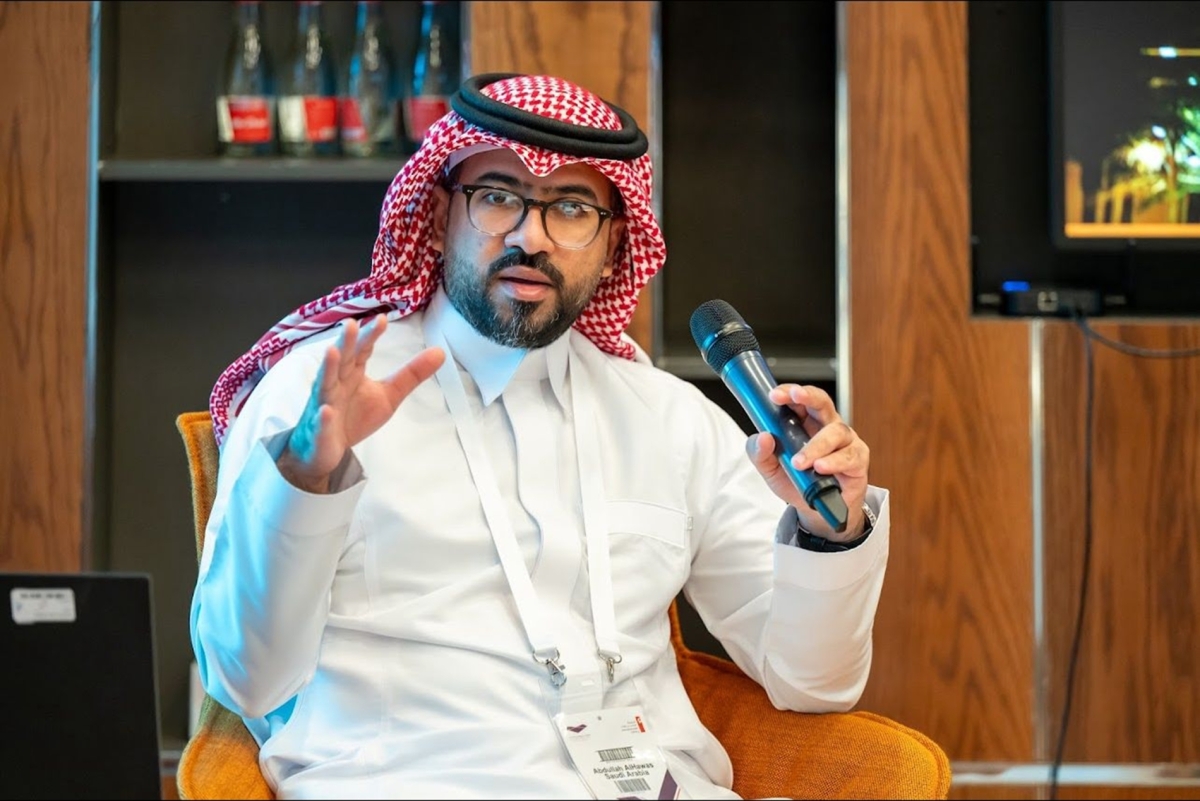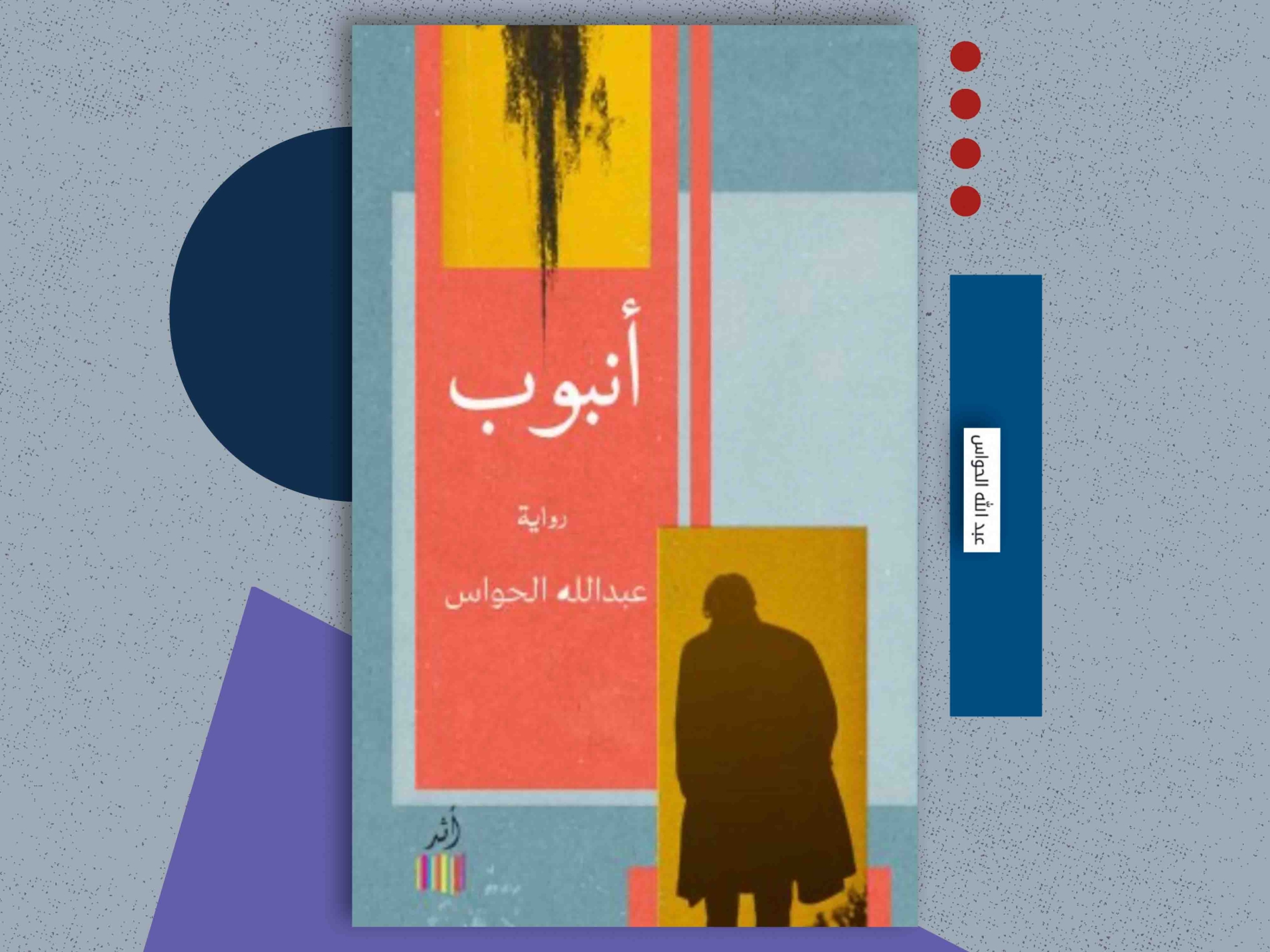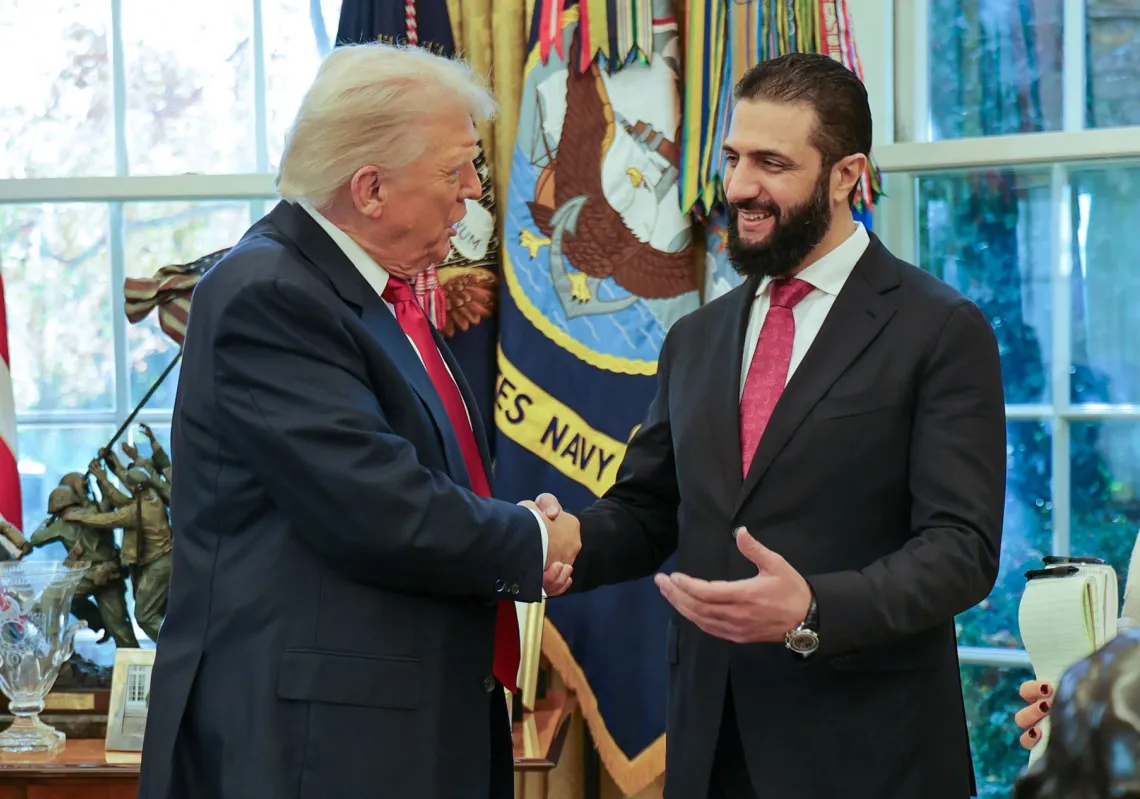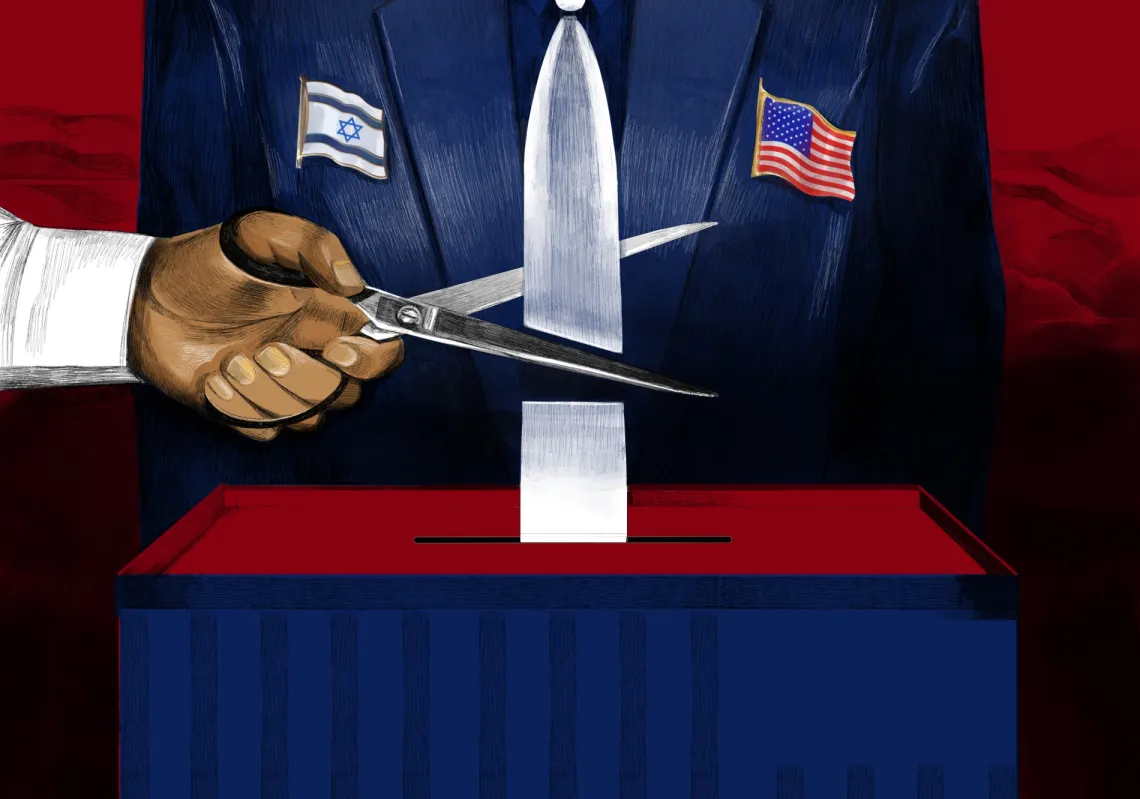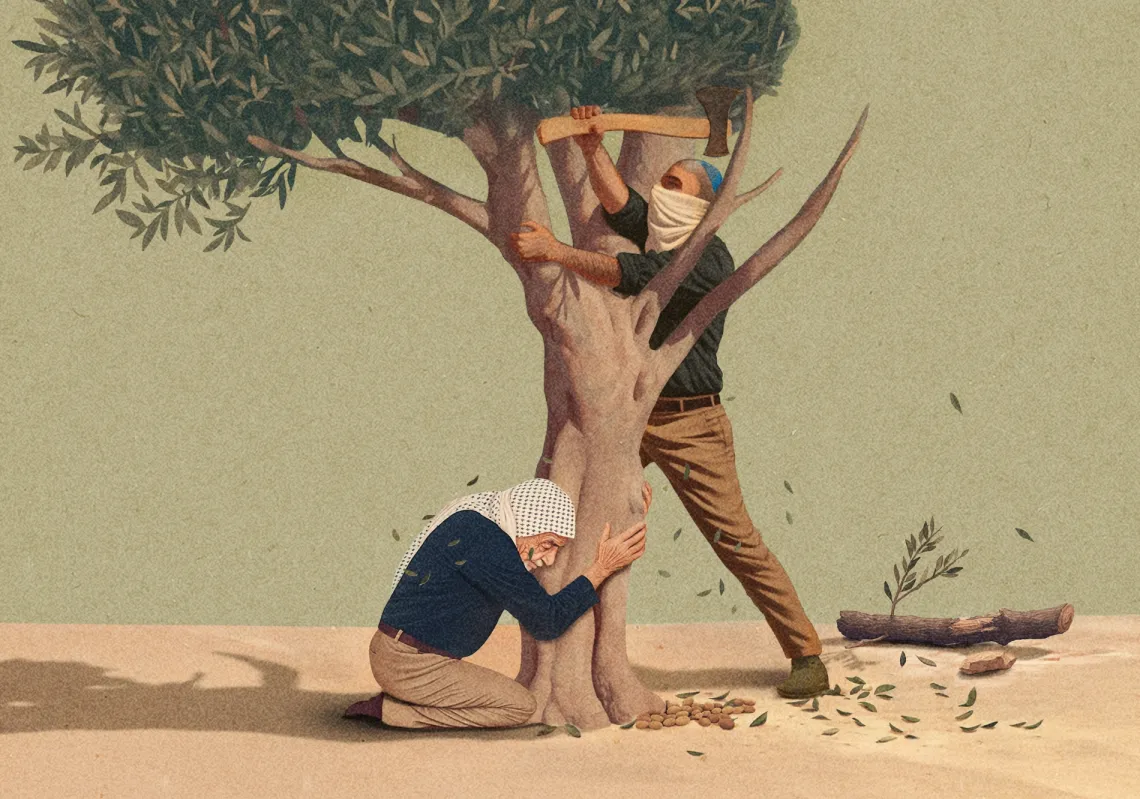Writing is an act of profound introspection for one of Saudi Arabia’s best-known novelists, Abdullah Al-Hawas.
His career began with Talhafa Hubbān (Yearning for Love), published in 2015 and throughout it, he has started a conversation with himself before crafting a structured narrative. This approach led him to 2017’s Unboob (Tube) and, most recently, Al-Ashhab (The White) in 2021.
A man who wears many hats, he is also a podcaster. On his show, Sanarah, he explores a range of themes centred on emotional depth and human experience.He is also heads the library at the King Abdulaziz Centre for World Culture (Ithra).
Al-Hawas spoke to Al Majalla about his literary work as well as Saudi Arabia's cultural renaissance. This is the conversation.
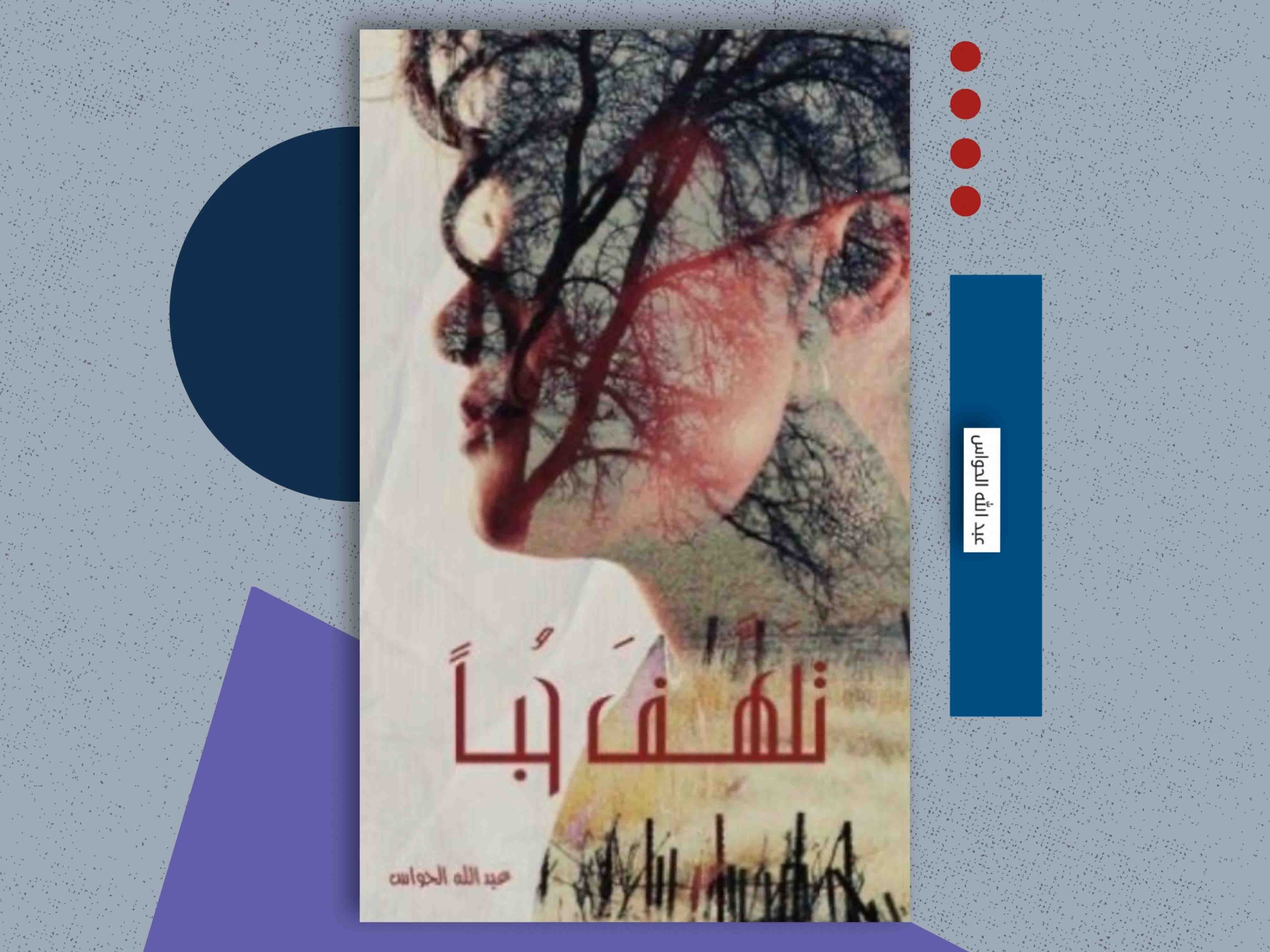
How did you begin writing, and who are your literary influences?
The beginning of my journey into fiction was not a deliberate choice, but rather a response to an inner need. I was searching for a way to make sense of myself and the world around me. Yearning for Love grew out of that need. It felt like an initial attempt to test language as a form of refuge.
Every author I have read has left some kind of mark on me. Abdul Rahman Munif, for instance, deeply shaped my understanding of literature's relationship to major transformations.
From Al-Manfaluti, I absorbed a sense of wonder at language and its poetic resonance, and I admired Amin Maalouf’s ability to weave history into the present and to blend myth with human experience.
But in the end, the aim is always to discover my own voice, even if it begins as a whisper among louder ones.
Your three novels are several years apart. Why is that?
I don't view writing through the lens of quantity or speed. For me, it is a process that requires real maturity and deep reflection. The intervals between my novels are not empty gaps. They are essential to the creative process. I need to grow personally before a text can come into being. Sometimes, silence is more meaningful than rushed writing. There are countless examples of writers around the world who spent years, even decades, between works.
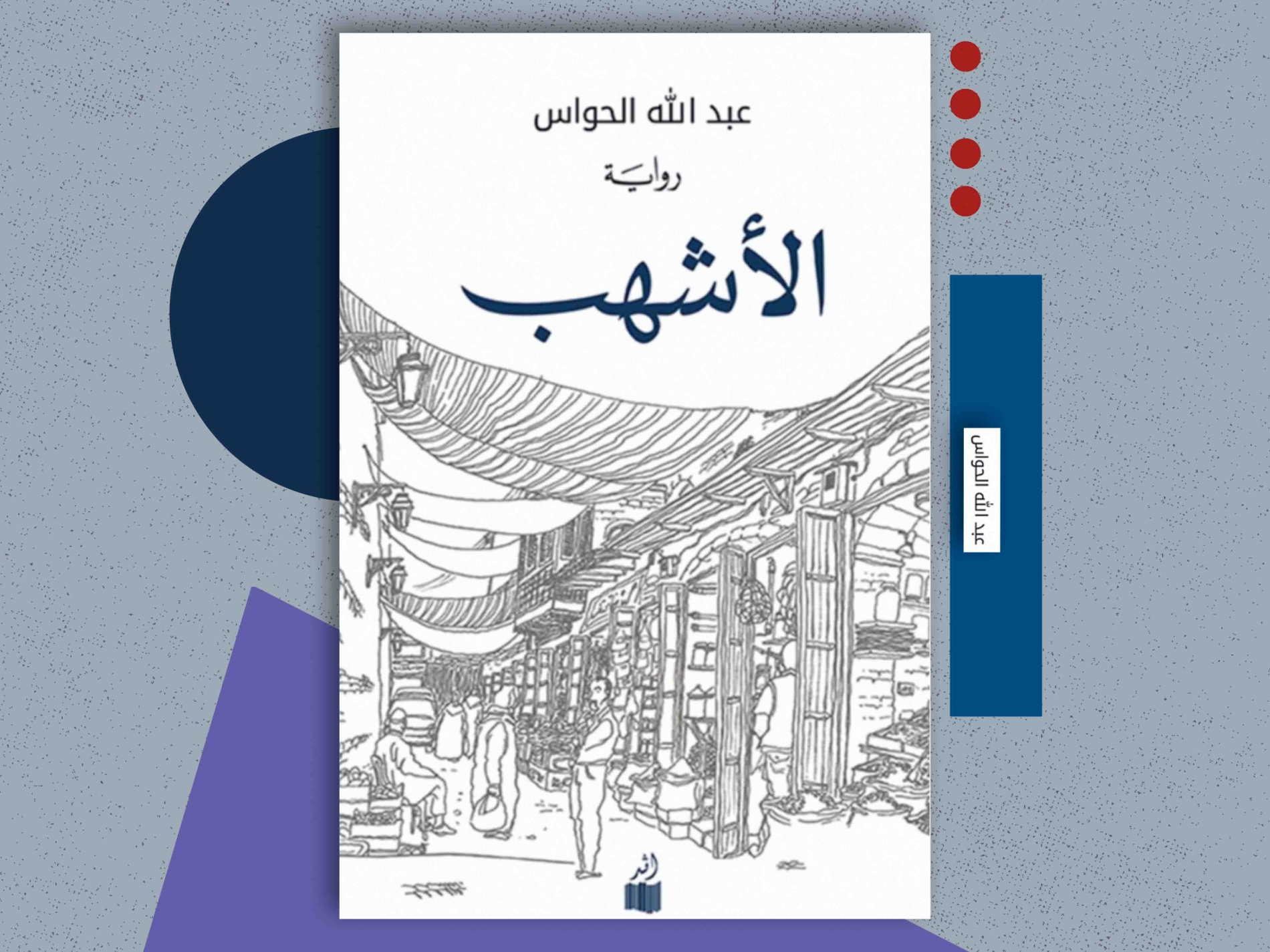
Why did you choose Aleppo and its nine gates as the setting for your latest novel, Al-Ashhab?
To begin with, I should clarify that I have never visited Aleppo. But I was drawn to the challenge of portraying an entire city through accumulated readings and published imagery.
Aleppo—Al Shahbaa (the White City)—is a place of great historical depth, and in many ways, it is a text open to interpretation. Its nine gates are not merely architectural features; they symbolise life, death, memory, and identity.
In Al-Ashhab, I did not want Aleppo to function simply as a backdrop. I intended it to be a third character, with its own presence, influence, and wounds. The city represents the struggle between collapse and resilience. In that sense, it is more than a setting; it is a mirror for a person seeking himself.


